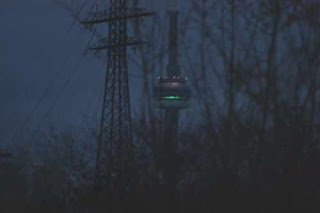Location: Toronto, Ontario, Canada
Address: 2000 Meadowvale Road
Date: May 2019
Website: www.torontozoo.com
Some people may be surprised to learn that the world's biggest rodent is not a rat found in the New York subway system. The title belongs to South America's capybara which weighs up to 65 kg, stands almost 2 feet tall and can grow up to 4 feet long. We have come across capybara at several zoos, but had a real close encounter at the Toronto Zoo.
Diego the capybara lives at the Toronto Zoo. The zoo just recently started some Wild Encounter programs. We were able to learn more about him as well as feed him a treat of some fresh lettuce. Capybara are herbivores and eat only plants. In fact the name capybara translates roughly to "master of the grasses". All rodents have teeth that constantly grow and must gnaw on things to wear the teeth down. As we fed the lettuce we had to make sure not to get near those teeth.
Capybara are semi-aquatic and spend most of their time in the water. They have webbed feet which helps make them great swimmers. Their nostrils and eyes are high on their face so they can breathe and see above the water, but if they have to, a capybara can stay under water for up to 5 minutes.
Capybara have a high rounded back. Diego looks kind of like a coconut with legs in the photo above.
The other capybara at the Toronto Zoo can be found near the waterfall in the Americas section. Diego prefers to keep by himself and lives in the Kid's Zoo not that far from his relative the guinea pig.
The keepers said that Diego was about 6 years old. We think that the photo above may have been taken while Diego, his brother and parents enjoyed a family dinner together.
In Toronto there are also capybara at the High Park Zoo. Two of the High Park capybara are famous for escaping. One of them wasn't found for almost a month before being returned to the zoo. In the photos and video above you can see the runaways with their babies. Baby capybara are called pups.
Feeding the capybara was fun and Diego was friends with whoever had a piece of lettuce. Once all the lettuce was gone he went off to the other side of his enclosure to be by himself again. It was great to see and learn about this amazing rodent up close. Next time we are in New York City though, we would still like the rats to keep to themselves.
Click here to take a virtual tour and see our collection of Toronto Zoo animal photos.
Map of Our World
 Toronto Zoo (Kids Zoo) , High Park Zoo
Toronto Zoo (Kids Zoo) , High Park ZooPost # 251



















